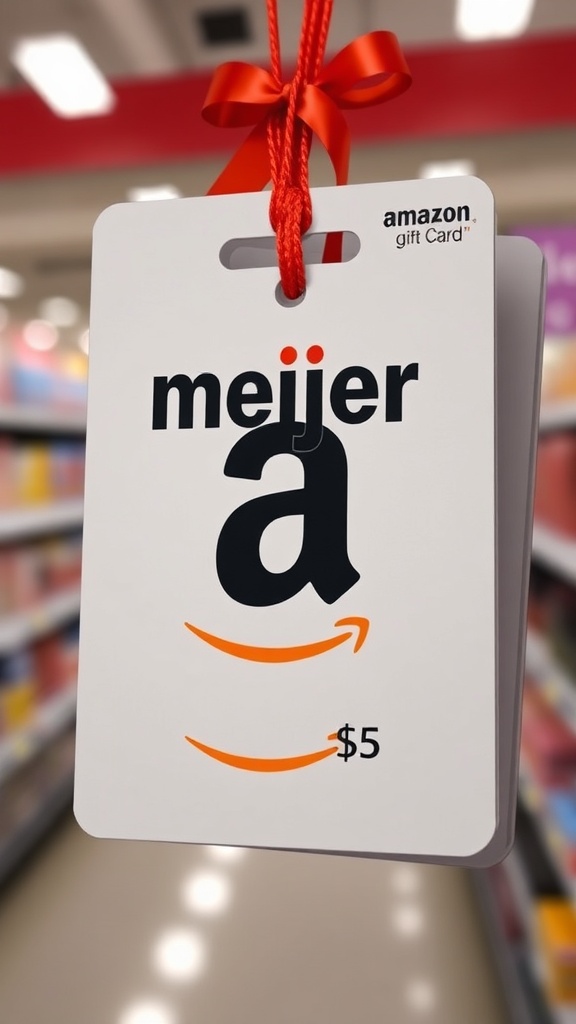Exploring the Revenue Model: How Does Pinterest Earn Money?
Pinterest, the visually-driven social media platform, has carved its niche in the world of online inspiration and discovery. While many users flock to Pinterest for ideas ranging from DIY projects to fashion trends, a crucial question arises: how does Pinterest earn money? Understanding their revenue model offers insight into how they maintain their services and continuously innovate. Let’s delve into the primary ways Pinterest generates revenue.
Advertising Revenue
Advertising is the backbone of Pinterest’s revenue. The platform employs several advertising solutions designed to help brands reach their target audience effectively. Here are the main components:
- Pinterest Ads: Brands can create promoted pins to showcase products or services. These ads blend seamlessly with organic content, making them less intrusive for users.
- Targeted Advertising: Pinterest uses its user data to allow advertisers to tailor ads based on interests, demographics, and behaviors. This targeted approach boosts the effectiveness of ad campaigns, leading to higher conversion rates.
- Shopping Ads: As users increasingly look for products on Pinterest, shopping ads that link directly to eCommerce sites have become popular. This feature not only enhances user experience but also drives sales for businesses.
Enhanced Business Tools
Pinterest offers specialized tools for businesses that go beyond traditional advertising. These tools are designed to help businesses analyze their performance and connect better with their audience. Key services include:
- Pinterest Analytics: This tool lets businesses track how their content performs on the platform. By understanding user interaction, brands can optimize their strategy for better reach.
- Content Management Solutions: Businesses have access to features that simplify creating and managing their profiles and pins. This makes it easier to share compelling content and engage with followers.
Affiliate Marketing
Pinterest has also tapped into the world of affiliate marketing. This strategy allows creators to earn money by promoting products and linking to online stores. Here’s how it works:
- Links to Products: Users can add links to their pins that lead directly to products. When a purchase is made through that link, the user earns a commission.
- collaborations with Brands: Content creators often partner with brands, providing exposure to products through their pins while earning a portion of the sales made through their content.
International Growth and Expansion
Pinterest continuously seeks expansion into international markets. By localizing their services and advertising options, they attract a global user base. This strategy increases the pool of potential advertisers and enhances overall revenue. The growth in international users shows that audiences worldwide find value in Pinterest, creating further advertising opportunities.
User-Engagement Features
To sustain and grow its revenue model, Pinterest emphasizes user engagement. By introducing features like Idea Pins and video content, the platform keeps users active and invested. Engaged users are more likely to interact with ads and make purchases through pinned products. This strategy not only benefits users by providing inspiring content but also appeals to advertisers looking for an active audience.
Innovative Partnerships
Pinterest often collaborates with other companies to enhance its offerings. These partnerships can include integrations with shopping platforms, allowing for easier purchase processes, or collaborations with influencers, which can drive additional traffic and engagement. Such innovative strategies not only diversify revenue streams but also create a richer ecosystem around the Pinterest platform, keeping both users and advertisers interested.
Pinterest’s revenue model is multifaceted, relying heavily on advertising, enhanced business tools, affiliate marketing, global outreach, user engagement, and strategic partnerships. By blending these elements, Pinterest not only secures its financial goals but also enhances the user experience, making it a win-win for both users and businesses alike. As Pinterest continues to evolve, understanding its revenue strategies will be crucial for anyone looking to leverage the platform for personal or commercial endeavors.
The Impact of Sponsored Content on User Engagement and Revenue Generation
In today’s digital world, sponsored content has emerged as a powerful strategy for brands looking to connect with consumers. Businesses have recognized the potential of this approach not only to push their products but also to enhance user engagement and contribute significantly to revenue generation.
What is Sponsored Content?
Sponsored content refers to material created to promote a brand or product, often appearing as an article, video, or social media post. Unlike traditional advertisements, this format blends seamlessly with organic content, providing value and information alongside promotional messaging. As a result, users often respond positively, increasing the potential for interaction.
The Role of User Engagement
User engagement is a crucial aspect of any marketing strategy, and sponsored content excels in this area. By providing helpful, entertaining, or interesting content, brands can capture the attention of their audiences. Here are a few ways sponsored content fosters user engagement:
- Relevance: Sponsored pieces typically align well with user interests, ensuring that the message resonates with their needs and desires.
- Storytelling: Effective sponsored content often tells a story, making the information more relatable and memorable.
- Visual Appeal: High-quality visuals integrated within content grab attention and encourage shares on social platforms.
Improving Brand Perception
When done correctly, sponsored content can enhance brand perception. Users may associate brands with valuable insights and thought leadership, increasing their likelihood of conversion. Consistently delivering well-crafted sponsored content also helps businesses establish trust. This trust is crucial for fostering long-term relationships with customers.
Revenue Generation Strategies
One of the key advantages of sponsored content is its potential to drive revenue. Brands that effectively utilize this strategy can see palpable financial benefits. Here are ways sponsored content generates revenue:
- Increased Traffic: Quality content can lead to more visitors to a brand’s website, increasing leads and potential customers.
- Affiliate Links: affiliate marketing within sponsored content allows brands to earn money when users purchase through their links.
- Enhanced SEO: Well-structured sponsored content helps in boosting search engine rankings, bringing more organic traffic and improving visibility.
- Co-Branding Opportunities: Collaborating with other brands for sponsored content can tap into new audiences, further expanding reach and revenue.
Analytics and Measurement
To understand the impact of sponsored content on user engagement and revenue, brands must employ data analytics. Various metrics can provide insights into performance:
- Click-Through Rate (CTR): This metric indicates how many users clicked on the content, reflecting its initial draw.
- Engagement Rate: By measuring likes, shares, and comments, businesses can gauge how well the content resonates with the audience.
- Conversion Rate: Tracking how many users took desired actions (like signing up or making a purchase) allows marketers to assess overall effectiveness.
- Evaluating the revenue generated compared to the cost of producing sponsored content helps companies understand financial viability.
Challenges and Considerations
While the benefits of sponsored content are evident, there are challenges to consider. Brands must ensure transparency regarding sponsorship to maintain trust. Users appreciate authenticity, which makes it essential for companies to strike a balance between promotion and information. Companies should also focus on producing high-quality content that aligns with their audience’s interests.
Future Trends
As the digital landscape evolves, the role of sponsored content is likely to grow. Businesses will continue to explore innovative formats and platforms to reach audiences effectively. Personalization will become increasingly important, as tailored content is more likely to engage users and drive conversions. Furthermore, integrating advanced technologies like AI can enhance the targeting of sponsored content, making it even more relevant.
Sponsored content holds significant potential for enhancing user engagement and generating revenue. When done thoughtfully, it provides value to both brands and their audiences. As businesses continue to adapt to digital trends, the importance of strategic sponsored content will only grow, making it an essential element of modern marketing efforts.
Conclusion
Understanding how Pinterest earns money reveals the platform’s clever use of sponsored content and innovative revenue models. By seamlessly blending advertisements with user-generated content, Pinterest creates a visually appealing experience that keeps users engaged while also providing businesses with potent marketing opportunities. The primary revenue stream for Pinterest comes from its ad products, particularly promoted pins, which allow brands to reach targeted audiences organically and effectively.
The impact of sponsored content on user engagement cannot be overstated. Users on Pinterest often seek inspiration and curated ideas, making them more receptive to advertisements that align with their interests. This natural integration of sponsored content enhances the user experience rather than detracts from it, leading to increased time spent on the platform, which directly translates to higher revenue. Advertisers benefit as well, as they can leverage Pinterest’s unique visual search capabilities to drive traffic and conversions.
As Pinterest continues to innovate and adapt its revenue model, it seeks to enhance the user journey while providing brands an effective platform for engagement. The relationship between Pinterest and its users is symbiotic; while users look for inspiration, businesses gain exposure to potential customers. This balance ensures a sustainable revenue generation framework that benefits both parties, making Pinterest a leader in the social media landscape. From enhancing sponsored content to exploring new revenue opportunities, Pinterest’s approach demonstrates the power of a user-centric model in generating sustainable income.




